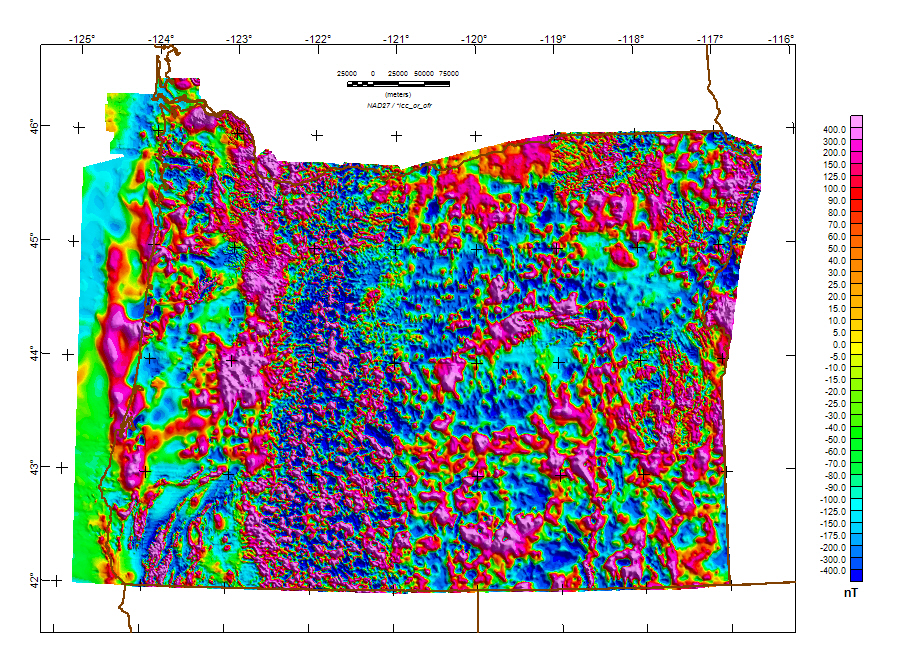texasbb wrote:I have one question/comment. You explain how to orient the map, then do all your bearings work from that framework. I've personally found that approach to be difficult to use in practice. I can almost never find a flat, dry surface when I need one, and when I can, the wind often makes it practically imposible to keep things aligned. And sometimes the flat surface even interferes with the compass needle (nails/screws in a table top, iron ore in the ground, etc.). I usually end up doing map bearings with a half folded, half wadded map pressed against my thigh or something, then convert to magnetic bearings for travel. So that's how I taught it--keep map and magnetic work separate. A couple of folks in the class who'd done some map work didn't like my approach. Thoughts?
Well first off, get yourself a declinating compass if you can! when SHTF the last thing you want to be doing is mental math.
I do agree with you though, I make most of my maps to fit on 8 1/2 x 11 paper, so I'm not packing a full quad around the forest, although I could zoom out enough to fit most of one on there. Either way, just pinching the compass with one hand to align on the edge of the map will let you stand and orient one handed, or even moving.
Folding your map is definitely one way to get rid of some of that annoyance, and some people even fold the map along their bearing instead of drawing it on. If you're only doing this once or twice it's not much of a problem, but be aware that for every fold you make you are distorting the accuracy of your map. With some practice, the actual drawing of the bearings becomes less and less necessary unless it's something you need to document.
Orienting your map will help you orient yourself on it. That trail in front of you going east, will be going east on the map. There is absolutely
no need for the map to be oriented to true for either taking or plotting bearings onto it. Your needle is not used for either, the compass and the map doesn't care what orientation it's in when you do it.
As for not having a writing surface in the field, that's very true! My thigh, or someone elses back has been used many times

Most packs framework is aluminum, and shouldn't interfere with your compass if you want to drop your pack and use it as a desk. Even if it does, your needle is
NOT needed to plot or find bearings so the table can do what it wants, so long as it's not permanently damaging the compass.
